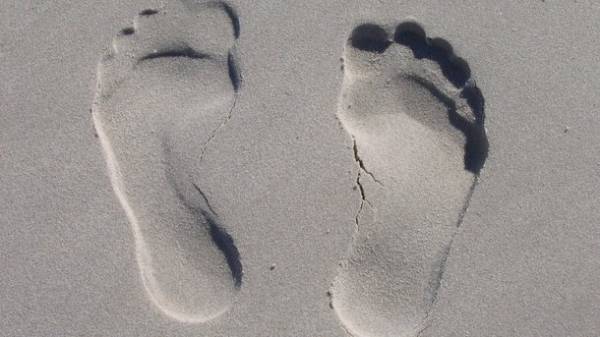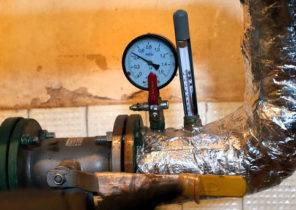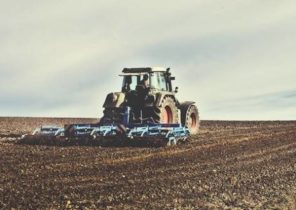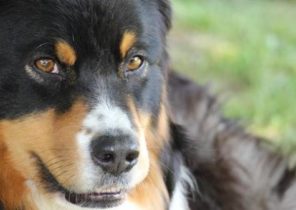
Flat feet — the disease is genetic. But what’s encouraging to try to forestall or reduce the extent of the disease, if it still show themselves. Of course, the basis of prevention of flat feet — orthopedic shoes. After all, most of the day children spent outdoors in kindergarten or school. But the important stage of formation of the foot just happens at this age. But there are a number of effective and less necessary funds.
We were told about them Oleg Pilipchuk, a children’s orthopedist-traumatologist of the highest category of the Kiev city children’s clinical hospital №1, PhD, and Tatiana Vakulovskaya, pediatrician, Director of the CNR “Center for primary health care №4 Desnyanskiy district of the capital.
Please note: domestic flat test (imprint of the painted foot on the paper) is not indicative for children up to four years. Before that age the child has a so-called physiological flat feet. But better to be safe and to show the child after three years of the doctor (if the family had such a disease): four prints of ten should cause you suspicion.
EXERCISES THAT WILL HELP TO GET RID OF THE BEARISH GAIT
- 3 TIMES A WEEK IN THE POND IN 40 MINUTES
More and longer is better. While driving in water the child’s feet forced her to resist. And this massages the arch of the foot, improves joint mobility, stretches the muscles. The older child teach the feet of swing amplitude to work not only drumsticks, but thighs and feet: then the effect will be large.
- EVERY DAY — WALKING ON THE FOOT
On toes, on heels, on the outer side of the foot and on the inside. And the more often during the day the child walks, the more effective the prevention. Child younger not muster the classes — they are boring, they quickly get tired, lose interest, respectively, resist requests and capricious. For them to do the exercise portions during the day, preferably in the form of a game: for example, tiptoeing like a mouse, or waddle from side to side like bears.
- NEAR THE SINK LAY A MAT WITH NEEDLES
Massage Mat with stones or hard bristles/soft needles also prevents flat feet. Let the child shifting from foot to foot on it, when every morning and evening for 2-3 minutes to brush your teeth. The younger children spread mats in places that pass their way around the apartment. For example, from the nursery to the kitchen. At the picnic, at the cottage, in the Park, let him walk barefoot. And on the beach, playing tag or just frolicking on the coast, even making turns foot, as if trying to feet in the sand.
- WATCHING TV, ROCKING ON HIS FEET
Children often get bored doing the charging for the charging. But while watching the movie or favorite show to wave their feet, they will agree more readily. Suppose, standing up straight, the kid rolls from heel to toes (at least 20 times) — this will strengthen the arch of the foot.
MAIN FEATURES ORTHOPEDIC SHOES
Often shoes, with no therapeutic or prophylactic properties, it seems an inexperienced layman orthopedic, or for such of her issue of greedy sellers. But there are five grounds on which to distinguish between useful shoes from a fake.
- THE HEEL, ABOVE THE ANKLE, LAYERED
For preschoolers the heel should be above the ankle on 1,5—2 sm: it will ensure a harmonious growth of the joint and will protect the soft cartilage of the child from injury. Children from six years back should be only at the ankle — it will allow to run freely and at the same time will record the heel.
- THE ARCH SUPPORT IS MANDATORY
It additionally supports the foot and allows it to fall in different directions. When pressed should be firm and at the same time not to push. Instep performs its functions not only when mounted in a Shoe, but if removable.
- HEEL FIT: UP TO 1 CM
It helps to keep your posture and to distribute the load on the foot evenly. The child’s age does not matter — the heel should be from 0.5 to 1 cm is the height provides a soft rolling while walking from heel to toe. Otherwise, the Achilles tendon is shortened, and the burden falls on the forefoot. And this is fraught with development of transverse flatfoot.
- FOOTBED — A MINIMUM OF A THREE-LAYER
Only such well absorbs movement, and their child commits an incredible number per day. Plus it evenly distributes the weight falling on the foot. But, despite the multiple layers, the footbed should not be too hard.
- SOLE SHOULD HAVE A GOOD BEND
It won’t strain your ligaments and can conform to the movement of the foot.







